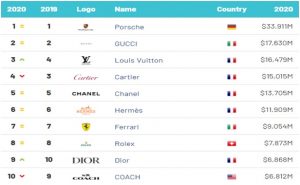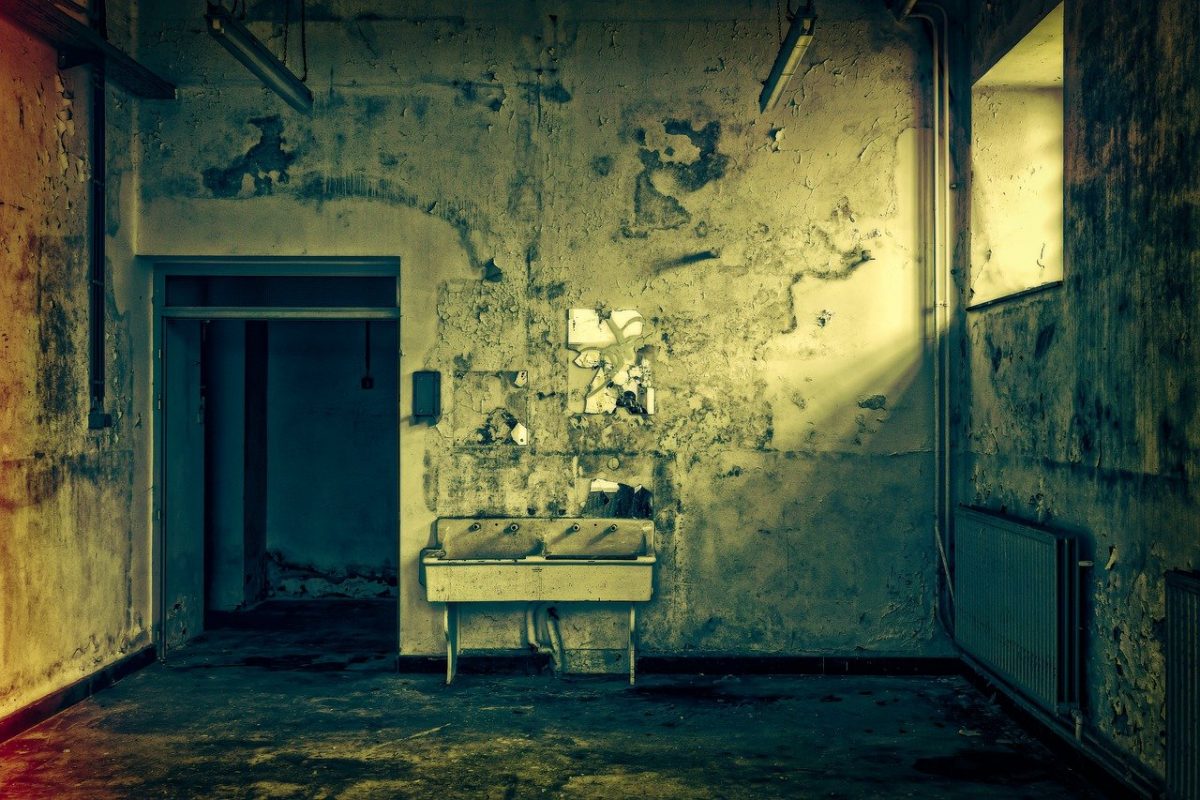By: Divyashree Dhumal
The Criminal Justice System is designed to delivers justice for all. Which also means protecting the innocent, convicting criminal and providing fair trails. The Code of Criminal Procedure is provided with the rules and regulations that has to be followed by the Court and Police. The Code of Criminal Procedure does not define what are violations of laws but rather set out procedure on how a criminal case should be handled. The Code of Criminal Procedure is important for the Defendant. The Code of Criminal Procedure guarantee’s constitutional due process to those individuals charged with crime.
It is an objective of the Code to provide an opportunity of fair trail to the accused person and to make sure that the right of the accused is not compromised. The code makes sure that there is no delay made in the investigation and ensures fair trial. It also ensures the attendance of any person who is related to with the case through the means of warrants, summons, proclamation and attachments of the property. The Code provides a detailed scheme for the working of various functionaries of the state to help and administration of the justice.
Learn more about Advanced Certificate on Civil Procedural Laws in India with Enhelion’s Online Law firm certified course certified by Legaleye Advocates and Legal Consultants!
The Code of Criminal Procedure in India.[1]
Earlier there was no constant procedure for the Criminal Justice system in India. In 1861, the Code of Criminal Procedure was passed by the British Government. It was first created in the year 1882 and then amended in the year 1898.
In (iqbal v state of maharashtra, 1975) the Supreme Court said, “It is the procedure that spells much difference between the rule of law and the rule of the whim and caprice.”
The Code of the criminal procedure is called a Criminal Procedure Code (CrPC). It is Substantive criminal law in India. The act contains 484 sections further divided into 37 chapters, 2 schedules, and 56 forms. It provides detailed information about the investigation of crime, apprehension of a suspected person, evidence collection, determination of the guilt, and determination of punishment to the offenders. The Code describes all the offenses that are present in the Indian Penal Code on how should they be dealt with.
The CrPC provides uniform sets of criminal courts throughout the territory of India by conferring jurisdictions, powers, and functions. The Code separates the Judiciary from the Executive, which enables the state to work differently without the interference of any other organ of the state. The Judicial Magistrate works under the High Court of their respective States. The Judicial Hierarchy is represented by the Chief Judicial Magistrate and first- and second-class Judicial Magistrate, District Magistrate and subordinate magistrate. Earlier jury system was followed now the jury system has been abolished.
Under the Code of Procedure, every person is entitled to Fair trail and hearing from an independent and impartial tribunal. The Accused is considered to be innocent until proven guilty. The Accused has the right to be represented by a counsel. In case, The Accused is poor and in no condition to appoint a counsel then the court provides free legal aid. Some Special provision are provided under section 313,315 and 164(2), etc. made for protecting the rights of the Accused. Special provision is made for Protection of the accused person. Supreme court of India has also given guidelines with respect of right of the accused person (D.K. Basu vs State of West Bengal , AIR 1997).
Learn more about Advanced Certificate on Civil Procedural Laws in India with Enhelion’s Online Law firm certified course certified by Legaleye Advocates and Legal Consultants!
The Procedure of the Summary cases is same as the Summons cases except where it is provided. In summons cases the offences are punishable with imprisonment up to two years. Additional revisional jurisdiction powers are also given to the session’s courts by the High Court. The revision power given to the Superior Courts cannot be exercised by the Interlocutory orders. An appeal by the state in case of acquittal can be only filed only after obtaining leave from the High court. The Court has the power punish the blatant matters in case of perjury on the spot. Public Prosecutors and assistant public prosecutors are systematized and qualification is prescribed for the same. If a case is related to the central government which has to be removed then the consent of the government has to be taken.
Code of Criminal Procedure in USA[2]
There is federative structure in the United States, the federal government and each state has their own criminal justice processes, federal criminal procedure law and 50 different state jurisdictions. The pre-trial (investigatory) process and the trial (adjudicatory) process are the two parts of criminal law procedure.
In the first century Supreme Court of United states had no constitutional criminal procedure decisions. There were two reason for this and professor Akhil Amar pointed out two reason for that: first in (Barron v. Baltimore , 1833) the court decision meant that then federal constitution did not apply in state proceedings until the incorporation of the bill of rights after the fourteenth Amendment. Second, general appellate jurisdiction over federal criminal cases until 1891 was lacked by the court. The Criminal Procedure of USA has been derived from several source of law. The criminal procedure is different from civil procedures.
Under 3 article, 2 section, clause 3 provide that in trail of crimes except in impeachment case, such trail shall be held in the states where the said crime has been committed and if not committed in that state then at a place or places as the congress by law suggests and also there shall be jury for these cases. Fifth amendment is a relevant part of the United States Constitution, which says that no person shall be answerable for a capital, or infamous crime, unless on a presentment or indictment of grand jury, except in cases of land or naval forces, or Militia, when in actual service in time of War or public danger; nor shall any person be subject for the same offense to be twice put in jeopardy of life or limb; nor shall be compelled in any criminal case to be a witness against himself, nor be deprived of life, liberty, or property, without due process of law.
Sixth amendment provides rights for the accused person such as in a criminal prosecution the accused person has right to speedy and public trail, with an impartial jury of the State and District where the crime has been committed. Eighth amendment provides that excessive bail shall not be required. Fourteenth amendment provides that no person shall be deprived of life, liberty or property without due process of law nor deny any person within the jurisdiction for equal protection of the law. Burden of proof always lies on the prosecution in a criminal trial which means that the Prosecution has to prove beyond the reasonable doubt that the defendant is liable. As there is no burden on the defendant. The Defendant has to only prove that it reasonably possible that the defendant did not commit the crime. Once both the sides have presented their cases then the case goes to the jury. The jury is made aware of all the legal rules which may affect the decision. the jury then deliberate in the jury room about whether the defendant is Guilty or not of the particular crime.
Learn more about Advanced Certificate on Civil Procedural Laws in India with Enhelion’s Online Law firm certified course certified by Legaleye Advocates and Legal Consultants!
At that point the jury is not allowed to discuss about it to anyone other than the other jury members or even read about the cases. Once the jury has decided it is called as verdict. In case the defendant is found guilty the sentence of the defendant is done by the Judge. After the sentence, the case enters the post-conviction stage and the defendant has the right to appeal to the Higher Court. American appellate does not retry the cases. In USA Plea bargaining takes place even in most serious crime such as homicide. Plea bargaining becomes impossible when the defendant is charged or indicted for the crime. After the defendant has plead guilty, the court recalls its rights. The parties participate in a discussion in which they try to agree on a particular sentence range and once they have reached to an agreement the case is disclosed in an open court. the court has the authority whether to accept the plea or not.
Criminal Procedure in UAE
The Initial step in a Criminal action for the victim is to file a complaint against the offender to the police. The complaint should set out the details of the incident that had occurred and the series of events pertaining to the criminal offences. The complaint can be in formal writing or by the way of oral statement before the police which is recorded in Arabic and then signed by the complainant. The complainant has to file the complaint before police station which has the jurisdiction. The complainant has the authority to call a witness who can testify against the offender which will be in his favour. Following the complaint, the police will have to get in contact with the accused and take his/her statement. During this whole process the accused can bring in potential witnesses who can testify for the accused.
The police have to report the case to the relevant department within the police station that are responsible for opining and reviewing the complaint. Once the police have finalized their task after taking the statements of all the parties, the complaint is given to the police prosecutor, a judicial authority empowered to refers cases to the Court. The Criminal trial in Arabic, and all statements are taken in or translated into Arabic. The Court provides the accused with sworn translator. Cases are heard before judges only, a closed setting. Only the legal counsel, the defence counsel and the parties to the case, along with the witnesses that may be haven been called are allowed in the chambers. In case if a minor is involved then parents and legal guardians can attend. There are no jury trails. The duration of a trail may vary and it depends on the emirate in which you are tried. There is no limit to the duration of trail. The punishment under U.A.E penal code are divided into two categories, sharia- based and Chastisement.
Conclusion
There is not much difference in the criminal procedure around the world and how they are enforced and applied. The Criminal trail works in the same way. But the criminal procedure in USA and India are much detailed and elaborated then UAE Criminal Procedure. The procedure of the investigation by police are also the same.
[1] https://en.wikipedia.org/
[2] https://en.wikipedia.org/wiki/United_States_constitutional_criminal_procedure
Learn more about Advanced Certificate on Civil Procedural Laws in India with Enhelion’s Online Law firm certified course certified by Legaleye Advocates and Legal Consultants!




